Running is great for our health, but it can be frustrating when you keep getting wiped out before you cross the finish line. Believe it or not, endurance is not just about starting to run until you can’t anymore. True athletic endurance is built on a range of training factors, like adequate preparation and having the right supportive gear.
If you are wondering how to run longer without getting tired, read on for our top tips for boosting your endurance.
1. Vary Your Intervals and Sprints
While a consistent pace is important for long distance running, variety is key to making steady progress. Interval training means alternating between short bursts of high-intensity activity and low-intensity recovery periods in a single workout. Some common types of interval training are HIIT (high-intensity interval training), hill sprints or fartlek runs.
Interval training works by helping your body adapt to higher levels of lactic acid in the muscles, allowing you to work at an increased intensity for longer. Running without your legs getting tired? Yes, please!
2. Make Sure You Have The Right Gear
While preparing your body for long distance running is the point of training, it’s going to be an uphill battle without the right activewear. Overheating, chafing, blistering, and even injury can all be prevented by wearing the proper gear.
From breathable shorts, to a supportive bra, to proper shoes and socks, it’s important to be properly equipped for your body and training plan. And as it turns out, activewear actually has the power to improve your motivation and boost your performance, so it’s a win/win!
3. Increase Your Distance Slowly
One of the biggest mistakes that many runners make is running for too long, too soon. If you’re a new runner, your top priority should be to get comfortable and consistent, not shooting for distance. And if you’re a more advanced runner, pace yourself in speed and distance! You’ll eventually get where you want to be, but not if you injure yourself along the way.
The “10% rule” says that runners shouldn’t increase their mileage by more than 10% a week, and while it’s not necessarily perfect for everyone, it’s a reasonable guideline for improvement. By upping your workout over weeks and months instead of days, you’ll be able to avoid injury and keep churning out the miles.
4. Don’t Forget Weights and Stretching
If you’re wondering how to run longer without getting tired, sometimes the answer is actually not running! Your warm up, recovery, and cross-training can all have a huge impact on your endurance, and will be a crucial part of your training plan to prevent injury and stay comfortable.
Weight training is a great way to build muscle and gain strength, which can translate into more power and speed on your runs. Aim for one strength session in the gym per week, and don’t just focus on your legs; a strong core and upper body can do wonders for helping you maintain form on those long runs!
A proper stretching routine shouldn’t be left out of the mix, either. Whether it’s foam rolling at home or going to regular yoga classes, working on your flexibility and mobility is crucial for running endurance. It will help prevent those painfully tight hips, too.
Tips for Gearing Up
Lots of people love that you can run in anything, and some even go barefoot! However, gear is actually very important, especially if you’re training regularly or running for long distances.
And what you wear on your feet is the most important part of your running kit. Here’s how to find the right shoes and socks for running:
Supportive Running Shoes
Long distance running puts your feet under pressure for miles and miles, so it's no wonder we’re picky about the brands we buy. And because every runner has their own unique stride, not every shoe will work for everyone.
To help find the perfect fit for you, it can be worth dropping into a local running shop. They will have the technology and expertise to assess your gait, and advise on the right brand and model of trainer for your activities. With helpful guidance, you can choose shoes with the correct level of support, cushioning, weight, and size to help you run longer without getting tired.
Athletic Running Socks
While most runners know the importance of a good pair of shoes, socks can actually make a huge difference in your running experience. The right active socks are just as important as your sneakers for a comfortable, supported ride.
Unlike cotton socks, athletic socks are constructed of high-tech fabric blends that work to wick moisture away from your feet. This keeps your feet cool and dry while running, and can help to prevent rubbing and blisters. They have seamless toes, padded heels and supportive arches to help keep your feet comfortable, and help you focus your mind.
Put Your Best Foot Forward
When you’re out pounding the pavement, don’t look past the power of a good pair of socks. Fitsok makes running socks for both men and women, and even has a Pro-Trainer series for when you’re cross-training in the gym. With technical fabrics, advanced design, and long-lasting comfort, Fitsok is your secret weapon for running longer without getting tired.
To get the most of your training runs and race days, try a pair of Fitsoks for yourself. You’ll be miles ahead of your competition.
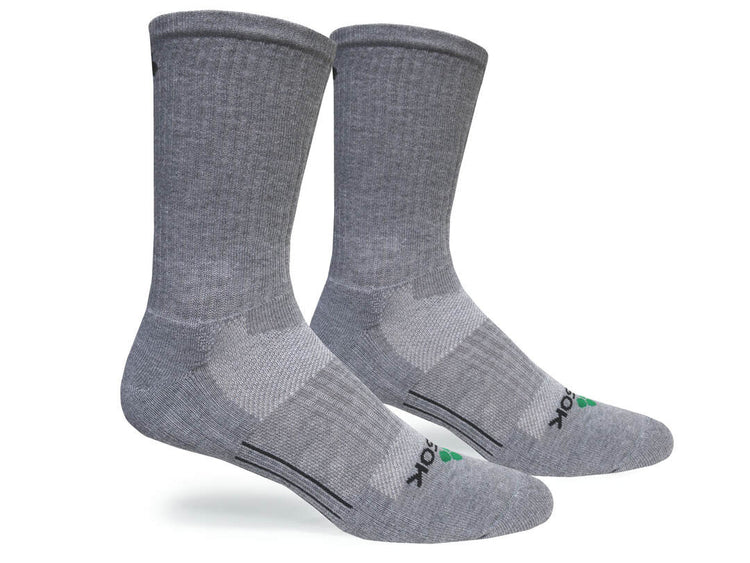
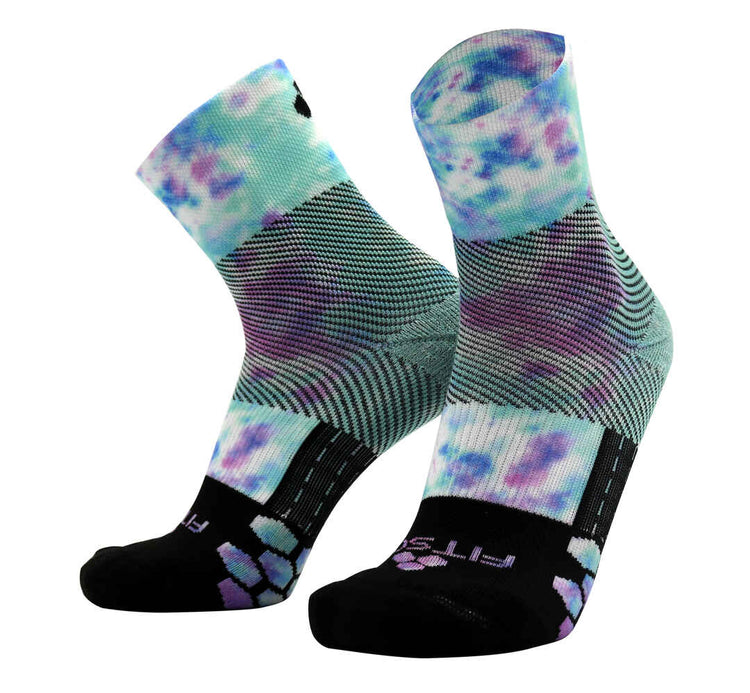
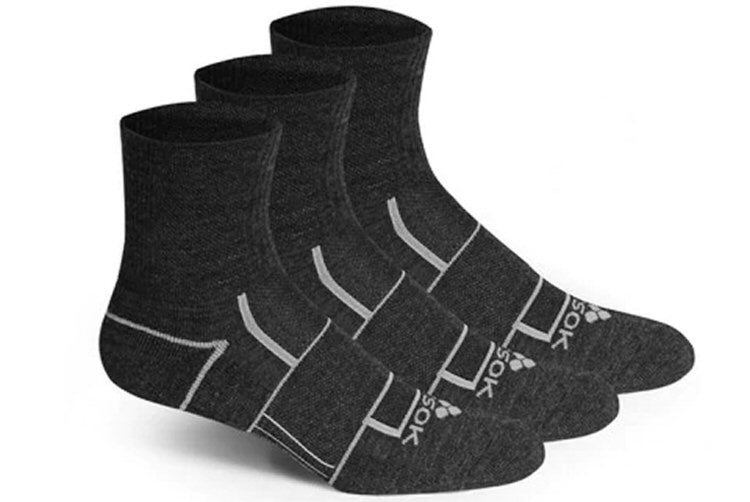
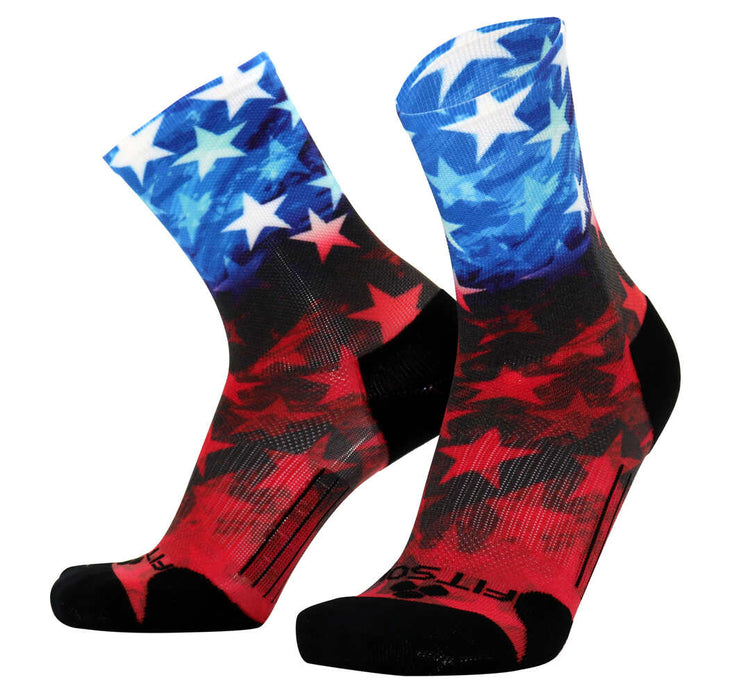


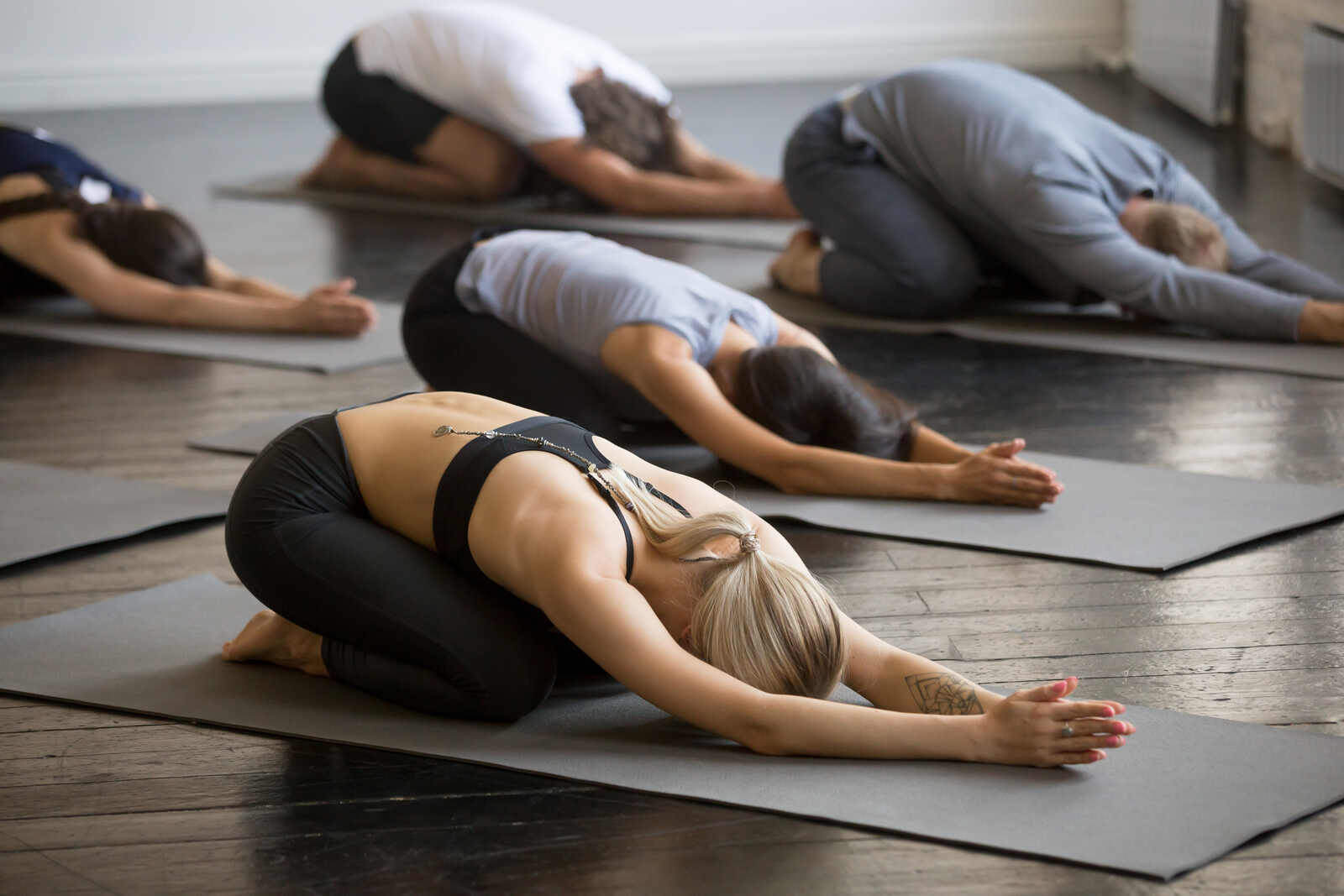
Leave a comment
This site is protected by hCaptcha and the hCaptcha Privacy Policy and Terms of Service apply.